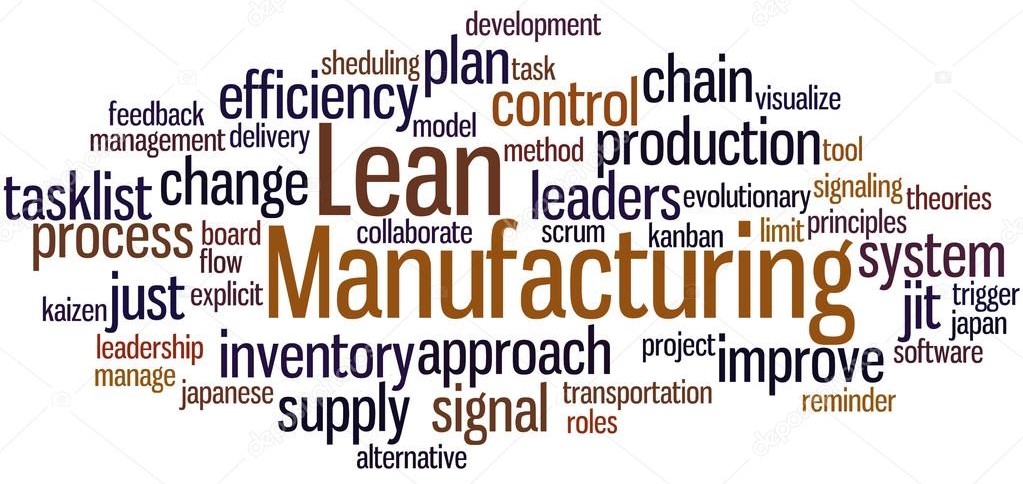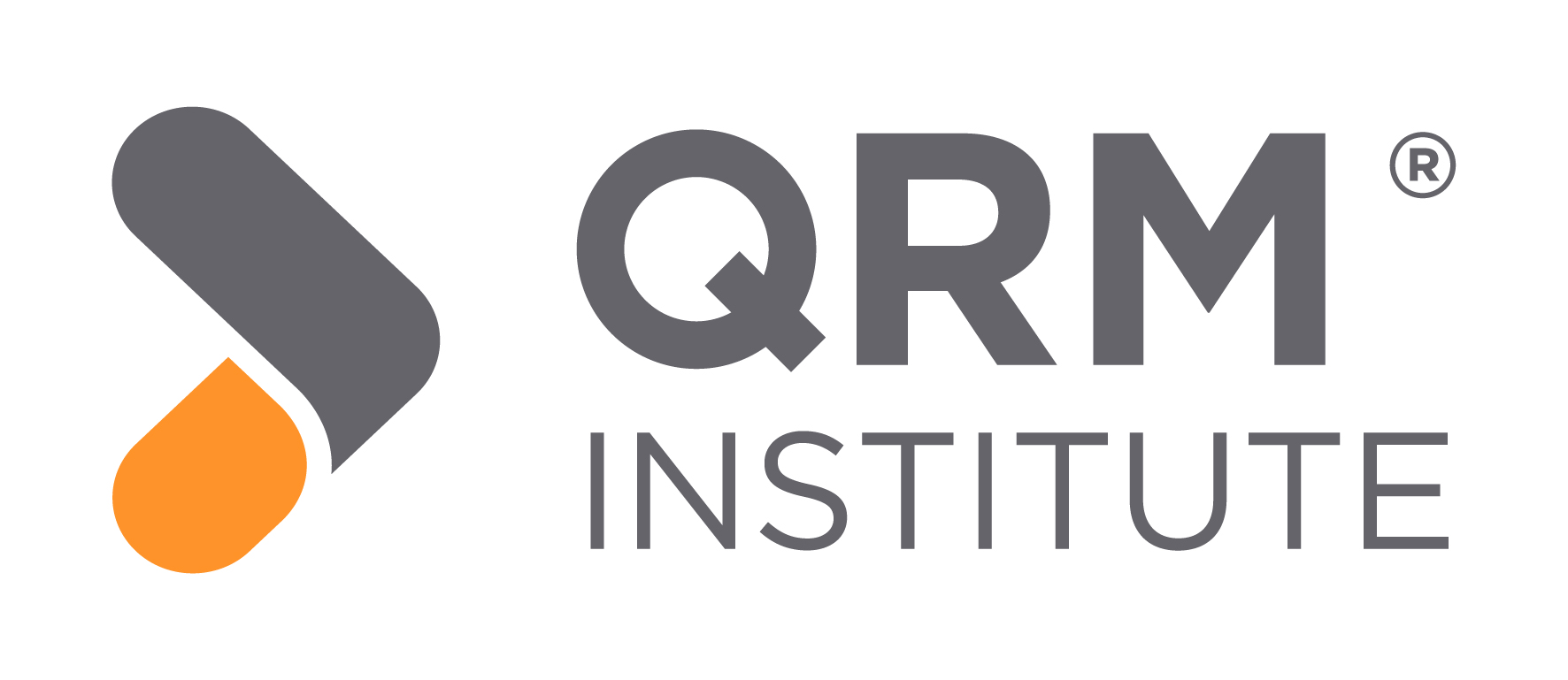Quick Response Manufacturing vs Lean manufacturing

By Sergi Mussons – QRM Institute, Spain
Is QRM the same as Lean? Has Lean evolved? Is QRM something new?
Currently the concept of Lean has become a bit vague, as many other techniques or methodologies included within the range of Lean Manufacturing. That’s why it is often difficult to differentiate Lean from other methodologies such as TOC (Theory of Constraints), DDMRP (Demand Driven Material Requirements Planning) and QRM.
In fact, there is already an umbrella term that encompasses all working methodologies; WCM (World Class Manufacturing). Thus, WCM is the compendium of best practices within operations. Including Lean.
Is QRM the same as Lean? Is it an evolution or maybe something completely different? Let’s analyze QRM (Quick Response Manufacturing), TOC and Lean Manufacturing from different perspectives.
QRM and TOC
The QRM-strategy focuses on the control and minimization of queues and WIP. It reduces bottlenecks at any given moment, even though they can originate in different places. In that sense it is similar to TOC, but QRM has a more dynamic approach as it can deal very well with shifting bottlenecks. In addition, TOC does not consider work in process as harmful, but considers it as a “buffer” that protects static bottlenecks. QRM strives to reduce the lead time and thus also the work in process.
Standardization
Lean rests on a solid foundation, based on the creation of high levels of standardization. Due to this, any improvement stems from a standard, achieving effective and objective changes.
In contrast, QRM is aimed at environments with highly customized products, with an irregular demand or in industries with extensive variation of products and options. Although QRM uses specific standards, these are usually generic and less detailed, as the cost of strict standardization would be too high in many cases.
The Flow
Although Lean Manufacturing could work in Make-to-Order environments it only does so well when demand is very flat and regular. When Lean cannot create a perfect flow, it uses a ‘pull’ system (Kanban) that ensures the cycle doesn’t stagnate, but which creates additional stock.
QRM is different, as it uses POLCA (Paired-cell Overlapping Loops of Cards with Authorization) to control the flow of orders. POLCA is a powerful and simple flow regulator that ensures the speed of orders within the organization, without human intervention of any kind. Due to this, POLCA prohibits manufacturing of an order if the subsequent waiting queue is too long. This is an effective method to reduce lead times in complex environments.
PULL Systems
Although Lean Manufacturing could work like MTO (Manufacturing to Order) it only does so when demand is very flat and regular. When this is not the case, Lean uses safety stock and an automatic ‘pull’ system that ensures the cycle doesn’t stagnate (Kanban).
The case of QRM is different, as it does not work with stock or pull. So, it uses POLCA (Paired-cell Overlapping Loops of Cards with Authorization). A powerful and simple flow regulator that ensures the speed of orders within the organization, without human intervention of any kind. Due to this, POLCA prohibits manufacturing of an order if there is an excess of a waiting queue. This is an effective method to reduce lead times.
Thus, Lean focuses on creating automatic flows, with little interference created by the Kanban stock system. While QRM regulates the flow to minimize the work in progress (WIP) and the lead time of the process, ensuring record lead times and minimizing stock.
People and Organizational approach
The Lean methodology creates environments with high productivity and standardization. The workers are highly focused on reporting anomalies (‘Andon’) and continuous improvement (‘Kaizen’). The front-line workers are strongly supported by their team leaders who step in as soon as a problem occurs.
On the other hand, QRM strongly focuses on increasing the involvement of the workers by letting them work in teams with a high level of ownership and autonomy. QRM recognizes that such working teams will be more creative, more proactive and will deliver better results. QRM uses the concept of “empowerment” to provide the workers with challenging responsibilities.
Traditional lean companies (like Toyota) have a strong hierarchy with a small span of control and clear responsibilities. These organizations are typically organized in departmental silos. QRM is different, as it creates work cells that ideally contain the complete process from start to finish. As a result, the working team is in full control of the whole process and is no longer dependent on the goodwill of the rest of the organization to reduce its lead time.
QRM is a strategy, not a program
Lean manufacturing is often seen as an operational program that has to be implemented by the Operations Manager to reduce manufacturing costs. In contrast, QRM is a company-wide strategy aimed at creating a competitive advantage by focusing on Time Based Competition. The adoption of QRM will not only be felt by the shop floor, but it will also have a strong impact on the office operations (purchasing, engineering, planning, etc.) and the supply chain. A QRM company will also align its business strategy with QRM and select its market segments and clients based on their sensitivity for short lead times to maximize the impact of the QRM-strategy.
By implementing QRM, many companies have significantly reduced their lead times, have improved quality and have reduced their
costs by 20-40%.
Rajan Suri – Founder of Quick Response Manufacturing
